Every electrical specialist who sees himself as a competent electrical specialist can and knows them; the five safety rules defined in the VDE 0105 part 100:
- First: Disconnect from the mains
- Second: Secure against reconnection
- Thirdly: Verify that the system is dead
- Fourth: Carry out earthing and short circuiting
- Fifth: Provide protection from adjacent live parts
Unlock
Before working on a system or equipment, it must be de-energized. Disconnect all live parts or connections from the system or the part of the system on which work is to be performed. This may involve, for example, the three phases of a system. However, it is not sufficient to merely switch off the light via a toggle switch as is the case with the kitchen light switch.
Secure against restarting
It is not enough to de-energize the system, it must also be ensured that no one is able to re-energize the system. There are different locking devices for this purpose. Signs with notices such as “Do not switch” will also be posted. However, this sign alone does not replace the actual securing against being switched on again, for example with a padlock that can be locked. My recommendation here is that, if possible, each electrical specialist should have their own lock. After all, as an expert electrical specialist, you should also hold the key to your own safety.
Determine freedom from voltage
After you have enabled the system and secured it against being switched on again, you must determine whether the system or the part of the system on which you want to work is really free of voltage. This is carried out at low voltages, i.e. at voltages below 1000 volts AC and 1500 volts DC, by a qualified electrical specialist using a two-pole voltage tester in accordance with IEC EN 61243-3. Not with a multimeter! A multimeter with integrated voltmeter is a measuring device and not a testing device. For example, it allows operator or adjustment errors. The two-pole voltage tester must be checked for functionality directly before use. Non-contact voltage testers are not permitted for determining the absence of voltage. The rule is explicitly called “Determine absence of voltage” to make it clear that the rule has only been carried out correctly and work may only continue when it has been determined that there is no longer any voltage on all poles.
Grounding and shorting
To start with a clarification right away; it is NOT called “shorting and grounding“, but quite deliberately “grounding and shorting“. Thus, after establishing the absence of voltage, the grounding system is connected to all conductors short-circuit proof. The order is relevant to safety. In general, grounding and short-circuiting is only required for medium voltage and above and may be omitted for low voltage as long as the first three rules have been properly implemented, however, there are also sufficient situations in the low voltage range where grounding and short-circuiting is useful.
Cover or fence off adjacent live parts
If there are live parts in the immediate vicinity of the system or system part which are not completely safe to touch and cannot be switched off, they must be covered with adequate means such as special insulating mats so that they are protected against electric shock even in the event of accidental contact. If this is not possible, they must at least be barriered off to the extent that accidental contact is impossible as long as you are on the safe side of the barrier.
As a knowledgeable electrical specialist, keep your senses alert to all hazards and always work safely according to the five safety rules.
Our free(REALLY free, even WITHOUT having to provide an email address!) paper “5 Things You Must Have Clarity About Before Qualifying and Deploying Your Employees for Electrical Engineering Work.” can be accessed here (click).
If you would like to know more about the different roles, in particular those of the EiP, ES, CRES and especially those of the CRES and how they interact, I recommend our publications, for example the audio book “Die Verantwortliche Elektrofachkraft: CRES-Struktur und Betriebliche Elektrosicherheit für Unternehmer, Fach- und Führungskräfte”. Information and sources of supply can be found on the usual audio book portals as well as on the homepage tcs-engineering.de
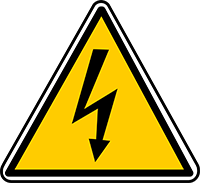

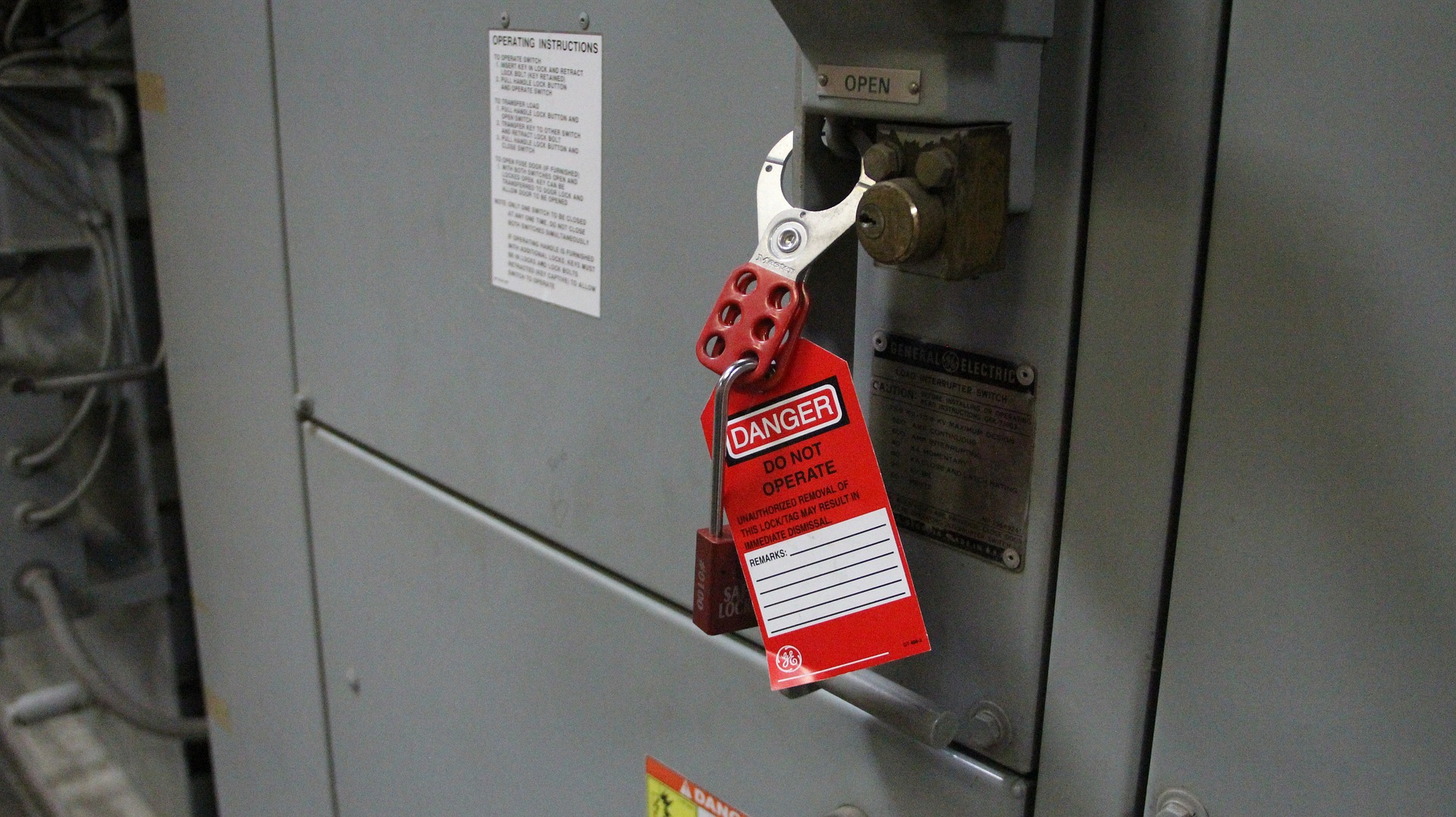


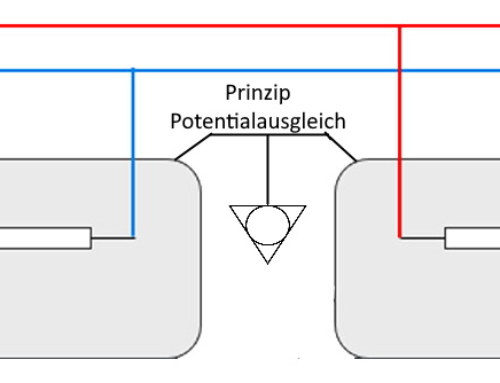
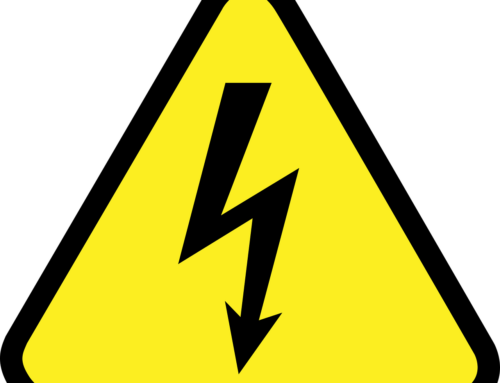


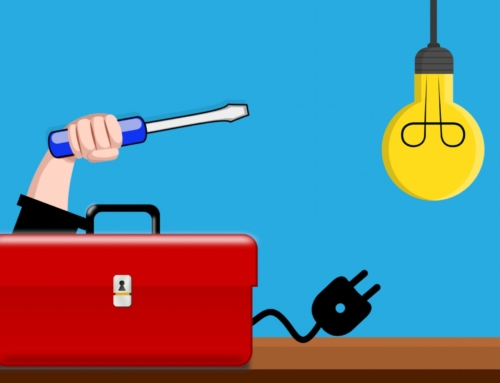
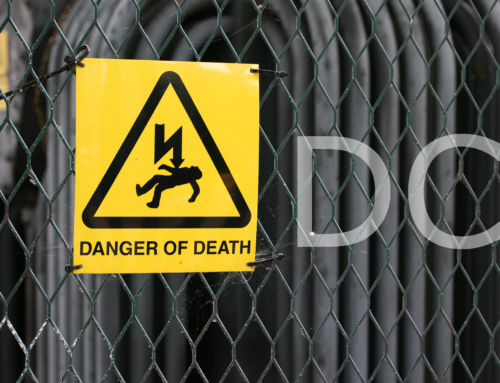
Leave A Comment